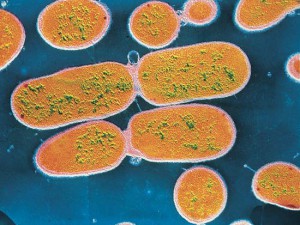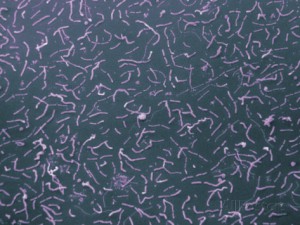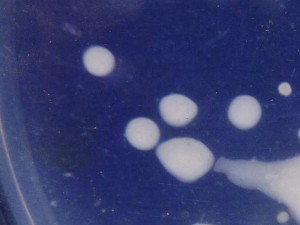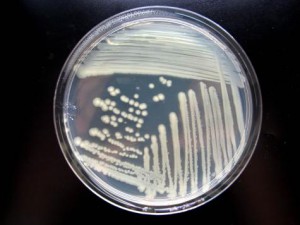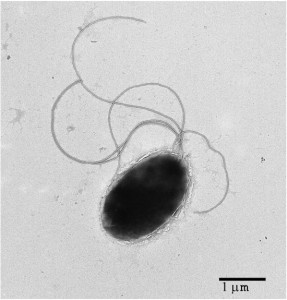Pseudomonas is a genus of Gram-negative, aerobic gammaproteobacteria, belonging to the family Pseudomonadaceae containing 191 validly described species. Pseudomonas spp. are aerobic, gram-negative bacteria, ubiquitous in agricultural soils, and are well adapted to growing in the rhizosphere. Pseudomonads possess many traits that make them well suited as biocontrol and growth-promoting agents. These include the ability to (i) grow rapidly in vitro and to be mass produced; (ii) rapidly utilize seed and root exudates; (iii) colonize and multiply in the rhizosphere and spermosphere environments and in the interior of the plant; (iv) produce a wide spectrum of bioactive metabolites (i.e., antibiotics, siderophores, volatiles, and growth-promoting substances); (v) compete aggressively with other microorganisms; and (vi) adapt to environmental stresses. In addition, pseudomonads are responsible for the natural suppressiveness of some soils to soilborne pathogens. The major weakness of pseudomonads as biocontrol agents is their inability to produce resting spores (as do many Bacillus spp.), which complicates formulation of the bacteria for commercial use.
Pseudomonas putida is a Gram-negative, rod-shaped, saprotrophic soil bacterium. Pseudomonas putida has demonstrated potential biocontrol properties, as an effective antagonist of damping off diseases such as Pythium and Fusarium. Pseudomonas putida is an example for plant growth promoting Rhizobacterium, which produces iron chelating substances.
Pseudomonas fluorescens is a gram negative rod shaped bacterium commonly found in decaying organic material such as leaves, soil, plants and water surfaces. It has multiple flagella that it uses for motility. As the name suggests pseudomonas fluorescens contain soluble green fluorescent pigments called pyoverdin that are produced when the iron concentration in the surrounding environment. P. fluorescens is present in a commensal relationship with plants. A commensal relationship is when one organism benefits and the other is unaffected and remains neutral. This relationship allows the plants to attain key nutrients, degrading pollutants, and suppressing pathogens via antibiotic productions. There are plant pathogenic fungus such as Alternaria cajani and Curvularia lunata that grow on the plants surface and can cause the death of the plant or stunt the growth of the affected areas. The presence of the P.fluorescens stops the spore production of the fungus so it cannot grow and spread on the plants; this is being used to protect apples and pears on fruit farms from the mold that would otherwise ruin the crop.
